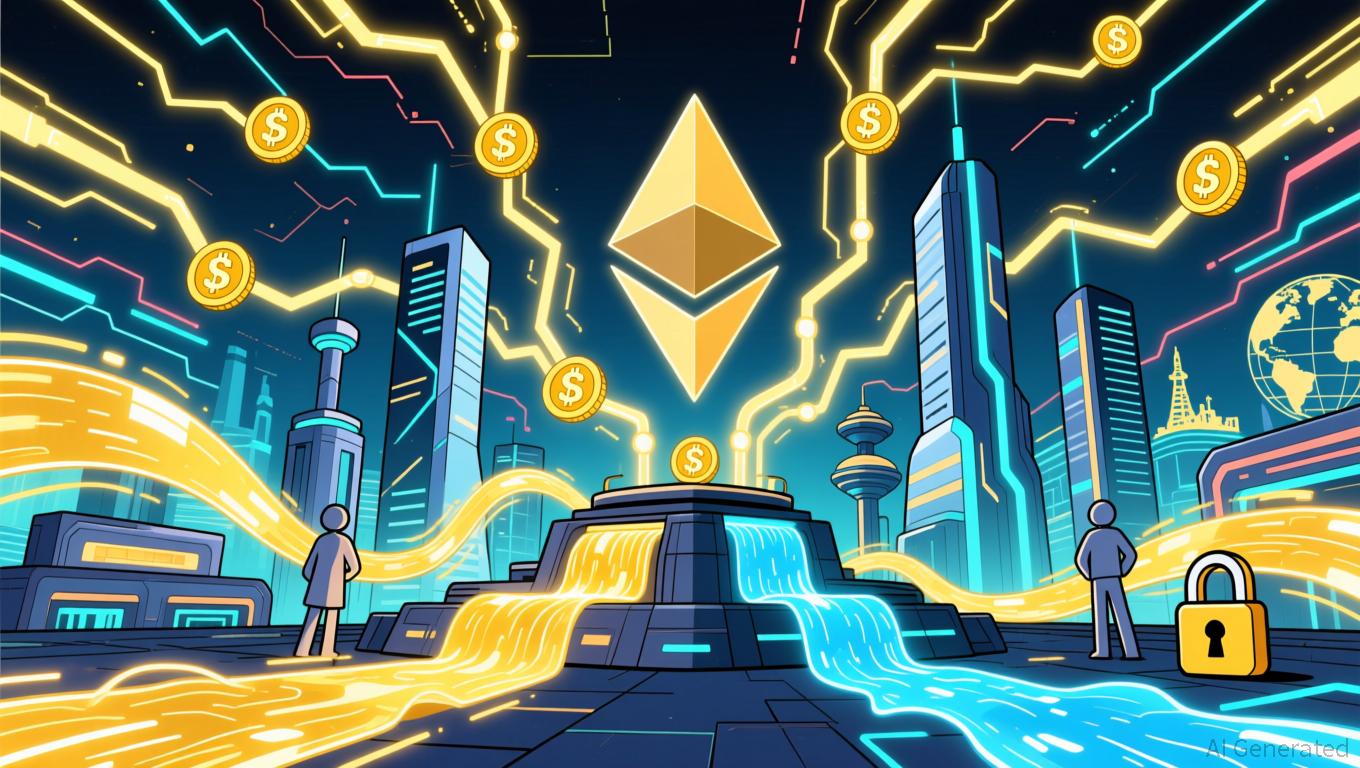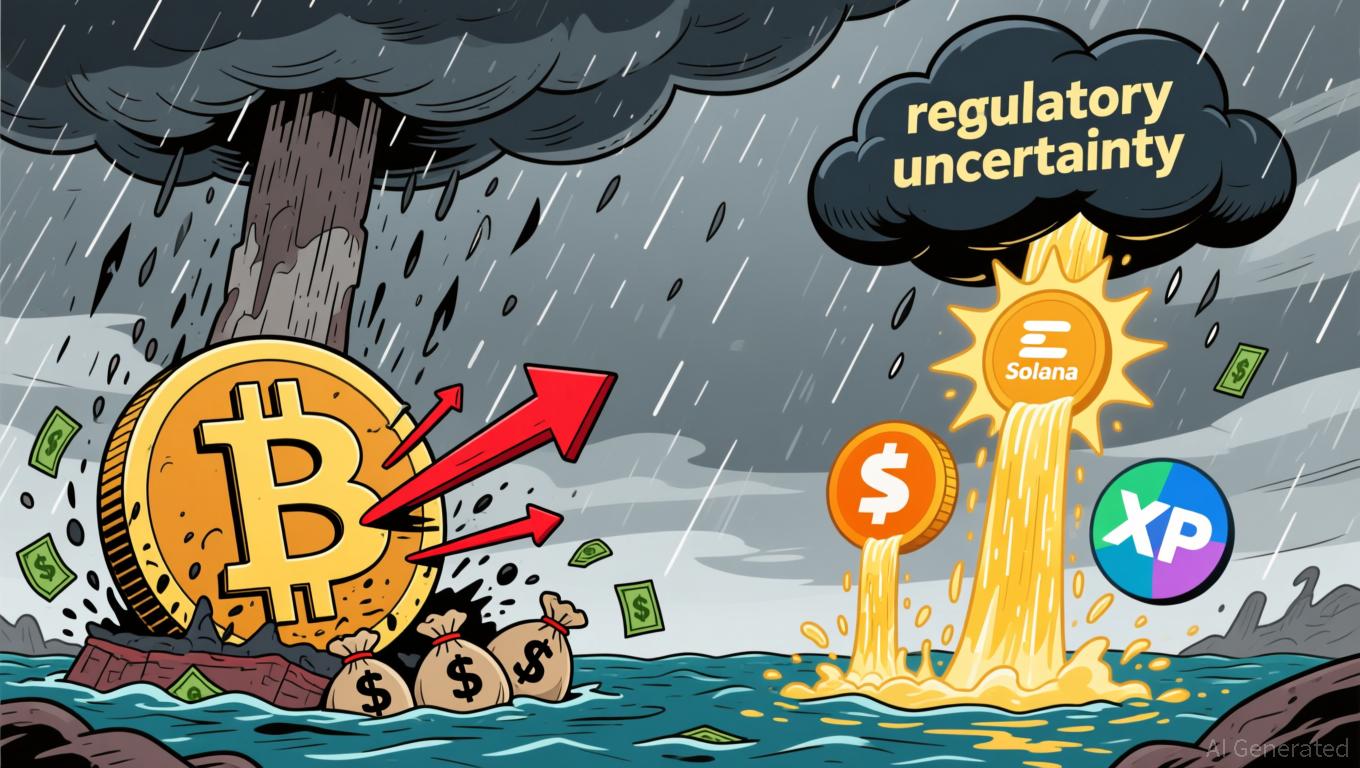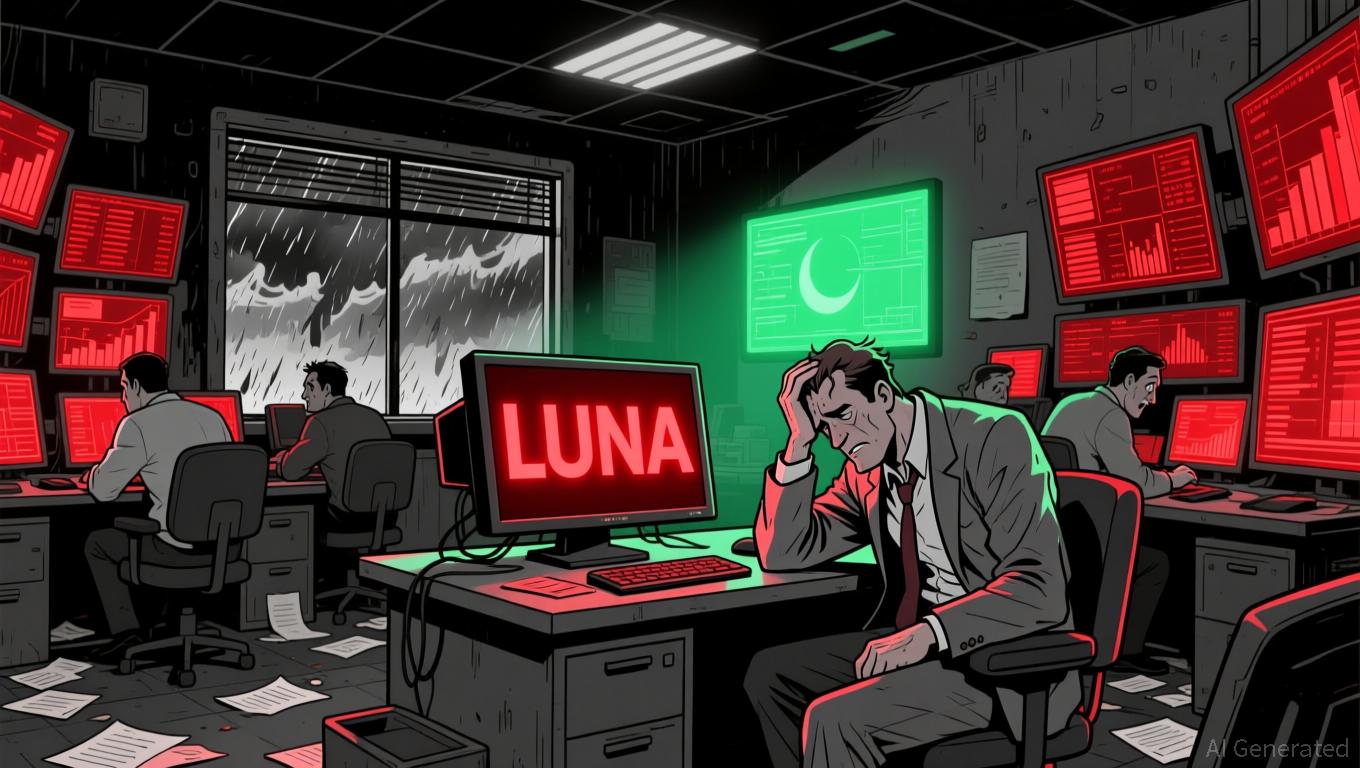Is This the Pin That Pops the AI Bubble? The Reason Why Burry and Thiel Are Bearish on Nvidia
Nvidia is one of the biggest winners of the AI boom. Its latest quarterly results showed $57 billion in revenue and $31.9 billion in profit, record numbers by any measure.
But instead of celebrating, the stock swung wildly: up 5% after earnings, then down again within 18 hours. Investors, algorithms, and market watchers are now asking a critical question: Is Nvidia’s AI growth as solid as it looks on paper?
NVIDIA’s Financing Model Draws Scrutiny as Big-Name Investors Bet Against It
The first warning sign is money that has not actually been paid. Nvidia has $33.4 billion in unpaid customer bills, nearly double what it had a year ago. On average, customers are taking 53 days to pay, up from 46 days.
Meanwhile, the company is sitting on $19.8 billion of unsold chips, yet management says demand is through the roof.
“Both cannot be true…Either customers aren’t buying or they’re buying without cash. The cash flow tells the real story,” said Shanaka Perera in a post.
Another red flag is the gap between profits and actual cash. Nvidia reported $19.3 billion in profit, but it generated only $14.5 billion in cash. That means $4.8 billion of its “profit” has not actually appeared in the bank.
For comparison, other chipmakers like TSMC and AMD turn almost all of their profits into cash. Nvidia’s lower rate raises questions about how much of its growth is real.
“Healthy chip companies like TSMC and AMD convert over 95% of profits to cash. Nvidia converts 75%. That’s distress level,” Perera added.
Things get even more complicated when you look at how AI companies buy from each other. Nvidia sells chips to firms like xAI, Microsoft, OpenAI, and Oracle. Many of these deals are funded by loans or credits from the same companies, meaning the same money is counted multiple times as revenue.
Michael Burry Sounds the Alarm on Nvidia’s Revenue and Demand
Michael Burry, the investor famous for predicting the 2008 crash, refers to this “suspicious revenue recognition,” warning that the actual demand from end-users may be very small.
Every company listed below has suspicious revenue recognition. The actual chart with ALL the give-and-take deals would be unreadable. The future will regard this a picture of fraud, not a flywheel. True end demand is ridiculously small. Almost all customers are funded by their… pic.twitter.com/0XyGQ8FjuE
Burry also pointed out that Nvidia’s stock buybacks may be hiding another risk. Since 2018, the company has spent $112.5 billion on buybacks, while still issuing new shares.
That effectively dilutes existing shareholders. He also questioned whether older GPUs, which use far more electricity than newer models, are really as valuable as the company claims.
“Just because something is being used doesn’t mean it’s profitable,” he said.
Some big investors seem to agree. Peter Thiel reportedly sold all of his Nvidia shares, and SoftBank sold $5.8 billion worth on November 11. Michael Burry bought put options betting Nvidia would crash to $140 by March 2026.
Peter Thiel reportedly sold his entire position of 537,742 shares in Nivdia.
Why? It’s a bubble, they all know it & are cashing out.
– Nvidia ALONE = 15% of US GDP.
-OpenAi wants a govt bailout.
– US Growth is .01% when you remove AI sector. pic.twitter.com/mk3Nc6yBpk
At the same time, AI-linked speculation appears to be affecting crypto markets. Bitcoin has dropped nearly 30% since October, partly because AI startups hold $26.8 billion in Bitcoin as collateral, which could be sold if Nvidia’s stock falls further.
Nvidia, $NVDA, CEO Jensen Huang told staff 'the whole world would've fallen apart' if Nvidia delivered a bad quarter, per BI
Not everyone is worried. Supporters argue that Nvidia has $23.8 billion in cash flow, huge orders from companies like Microsoft and Meta, and that some of the inter-company deals are standard in the tech industry.
Still, a recent survey by Bank of America shows that 45% of fund managers view AI as a major market bubble risk, a concern echoed by global regulators, including the IMF and Bank of England.
The next few months may be critical. Analysts are watching Nvidia’s fourth-quarter results in February 2026, possible credit downgrades in March, and any restatements in April.
How the company performs could decide whether the AI boom continues or if the recent market panic signals the start of a broader slowdown. Either way, the Nvidia story is now the test case for the AI-driven tech era.
The post Is This the Pin That Pops the AI Bubble? The Reason Why Burry and Thiel Are Bearish on Nvidia appeared first on BeInCrypto.
Disclaimer: The content of this article solely reflects the author's opinion and does not represent the platform in any capacity. This article is not intended to serve as a reference for making investment decisions.
You may also like
Ethereum Updates Today: Ethereum ETFs Recover as Investors Weigh Immediate Fluctuations Against Future Improvements
- Ethereum spot ETFs recorded a $55.7M net inflow, led by FETH's 60% share, reflecting institutional confidence in post-upgrade fundamentals. - ETH/BTC ratio hit 0.052 (7-month low) as Bitcoin dominance rose to 53.2%, with Ethereum trading below key EMAs amid bearish technical indicators. - Upcoming Dencun upgrade (EIP-4844) and $7.4B+ real-world asset tokenization drive long-term optimism despite short-term volatility and higher ETF fees. - Staking infrastructure grows (Lido's 8.95M ETH, MAVAN network) wh

Bitcoin Updates: The Crypto Market Splits—Bitcoin ETFs See Outflows While Altcoin Enthusiasts Seek Returns and New Developments
- Bitcoin ETFs lost $3B in November, with BlackRock’s IBIT seeing $523M outflow as prices fell below $90K. - Bitwise’s Solana and XRP ETFs gained $580M and $420M inflows, offering staking rewards and cross-border payment exposure. - Institutional investors repositioned capital, shorting 53% of Bitcoin while Ethereum retained 55% long positions. - Analysts highlight altcoin ETFs’ yield advantages, but warn of Bitcoin’s liquidity risks and XRP’s weak derivatives market. - Market divergence reflects crypto-na

LUNA Falls 1.68% Over the Past Day as It Suffers an 83.05% Yearly Decline
- LUNA fell 1.68% in 24 hours, with 83.05% annual decline and 24.73% monthly losses. - Prolonged bearish momentum and lack of positive catalysts intensify selling pressure on the token. - Analysts warn of continued underperformance without structural improvements or macroeconomic shifts.

Objective Metrics Signal More Upside Ahead: 5 Best Altcoins Traders Are Watching Closely

